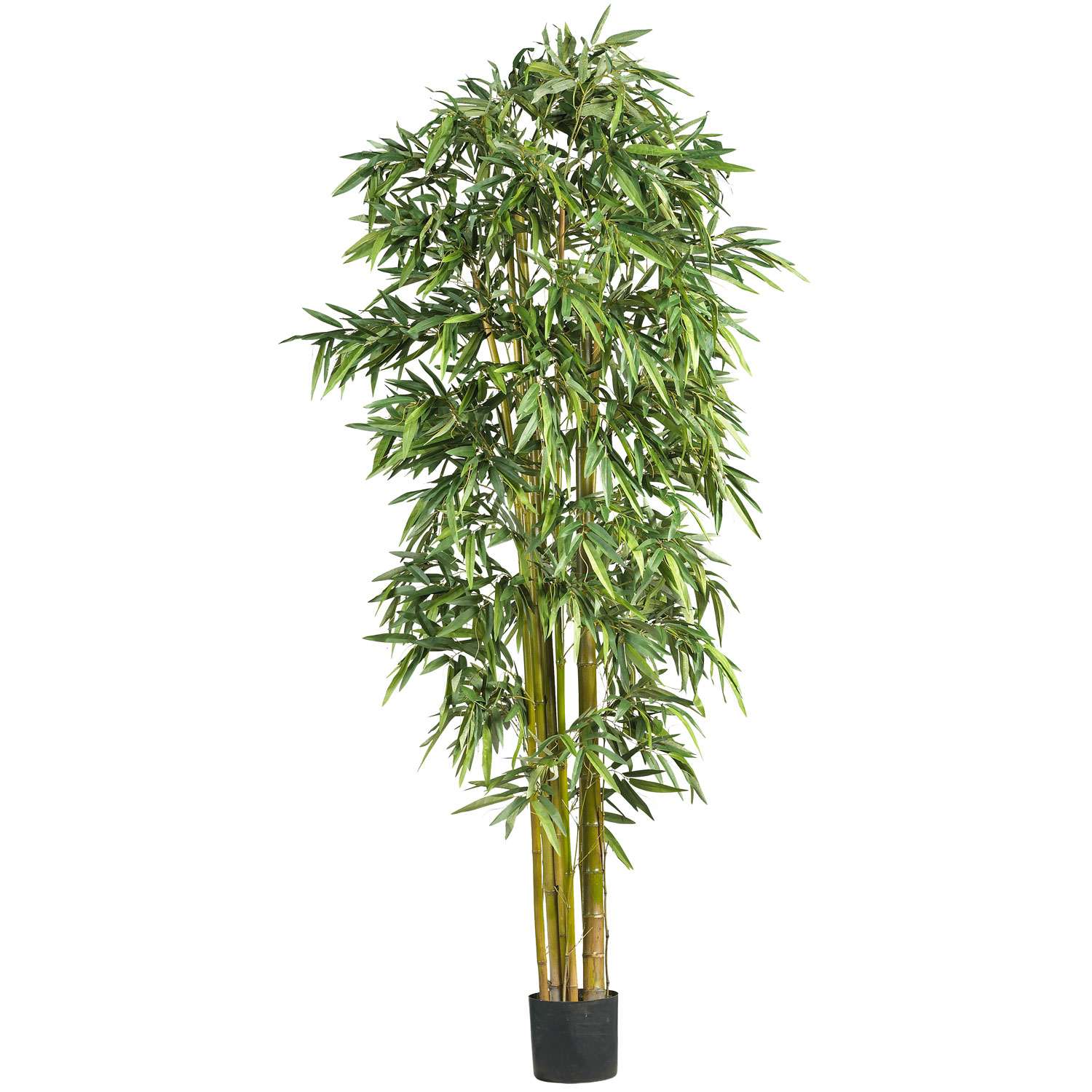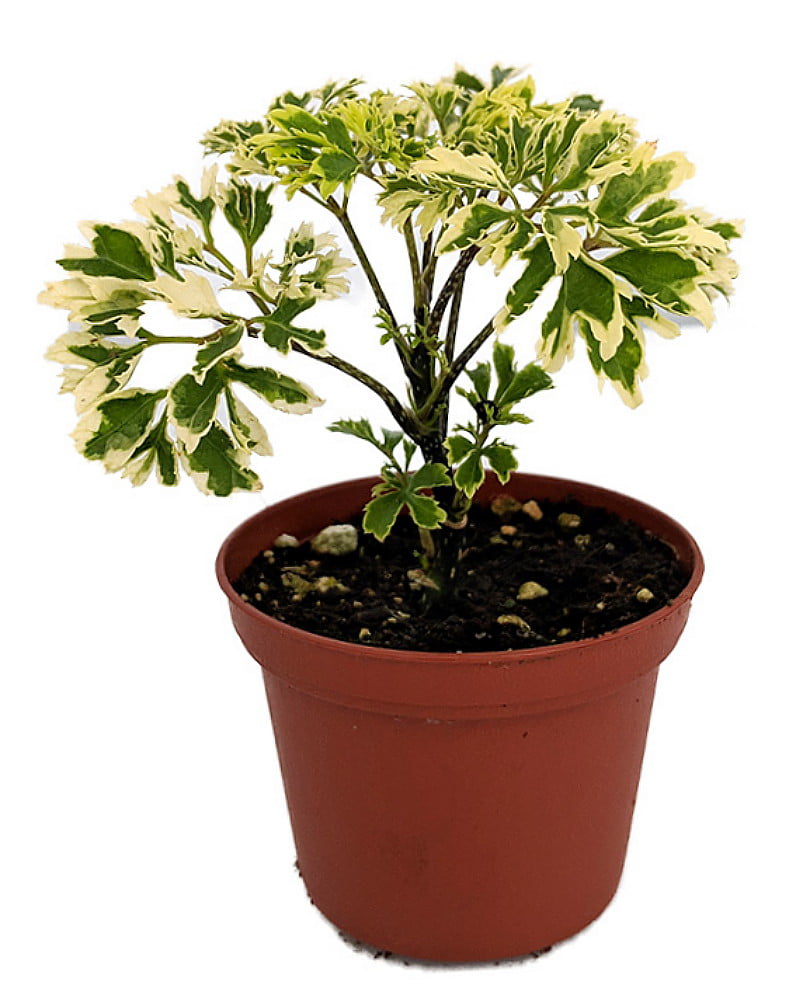

Flora Vitiensis nova: a new flora of Fiji (Spermatophytes only). Cytological study as an aid in the interpretation of the systematic status of the different genera of Araliaceae. In: Plants of the World Online London, UK: Royal Botanic Gardens, Kew. Paraphyly and polyphyly in Polyscias sensu lato: molecular evidence and the case for recircumscribing the "pinnate genera" of Araliaceae. Annals of the Missouri Botanical Garden, 88(2), 213-230. The phylogenetic status of Polyscias (Araliaceae) based on nuclear ITS sequence data. Plunkett GM, Lowry II PP, Burke MK, 2001. In: Plants For A Future Database Dawlish, UK: Plants For A Future.

The leaf volatile oil of Nothopanax fruticosum (L.) Miq. Anais da Academia Brasileira de Ciencias, 90(3), 2881-2886. Hypoglycemic property of triterpenoid saponin PFS isolated from Polyscias fruticosa leaves. Nguyen Thi Luyen, Nguyen Hai Dang, Phung Thi Xuan Binh, Nguyen Thi Hai, Nguyen Tien Dat, 2018. Louis, Missouri, USA: Missouri Botanical Garden. In: Cook Islands Biodiversity Database, Version 2007.2, Rarotonga: Cook Islands Natural Heritage Trust. Cook Islands Biodiversity Database, Version 2007.2. Bulletin du Muséum National d'Histoire Naturelle. Recircumscription of Polyscias (Araliaceae) to include six related genera, with a new infrageneric classification and a synopsis of species. Schefflera ringspot virus, a widely distributed mealybug-transmitted badnavirus occurring in Schefflera and Aralia. Anti-asthmatic property and possible mode of activity of an ethanol leaf extract of Polyscias fruticosa. A., Barku, A., Acheampong, J., Amegashie, E., Awuku, A. A., Boye, A., Kyei, S., Ofori-Amoah, J., Asiamah, E. Louis, Missouri and Cambridge, Massachusetts, USA: Missouri Botanical Garden and Harvard University Herbaria. Indian Journal of Natural Products, 21(3), 7-14.įlora of China Editorial Committee, 2020. Isolation and biological activity studies of two triterpene glycosides from leaves and roots of Polyscias fruticosa. Indian Journal of Natural Products, 14(2), 24-28.ĭivakar, M. Screening of various leaf extracts of Polyscias fruticosa Harms for their antidiabetic activity.

Anguilla Invasive Species Strategy (draft). A new triterpenoid saponin from Polyscias fruticosa. A foliar blight of Ming aralia caused by Alternaria panax. Complete genome sequence of a previously undescribed badnavirus occurring in Polyscias fruticosa L. Catalogue of the Seed Plants of the West Indies, Washington, DC, USA: Smithsonian Institution.1192 pp.
#ARALIA MING FREE#
Ovary 2- or 3(or 4)-carpellate styles free nearly to base, 0.8-1.2 mm at anthesis, recurving, expanding in fruit to 1.5 mm. Inflorescence terminal, erect, a panicle of umbels primary axis 8-30(-60) cm secondary axes 5-15, scattered or sub-whorled, 7-25(-30) cm tertiary axes 5-15 per secondary axis, mostly grouped in 2-4 whorls, with a terminal umbellule of bisexual flowers and 2-6 lateral umbellules of staminate flowers pedicels 1.5-5 mm (shorter in staminate flowers). Leaves 3-5-pinnate petiole (2-)5-15 cm, clasping at base, with inconspicuous membranous wings petiolules 1-5 cm primary leaf divisions (7-)11-15, each further divided once or twice, sometimes variegated, usually lanceolate, (1-)2-18 × 0.2-5 cm, papery, base narrowly cuneate to attenuate, margin laciniate to spinulose-serrate, teeth 5-10 mm, apex long acuminate. Shrubs or treelets, to 3(-5) m tall, andromonoecious. The following description is from Flora of China Editorial Committee (2020):


 0 kommentar(er)
0 kommentar(er)
